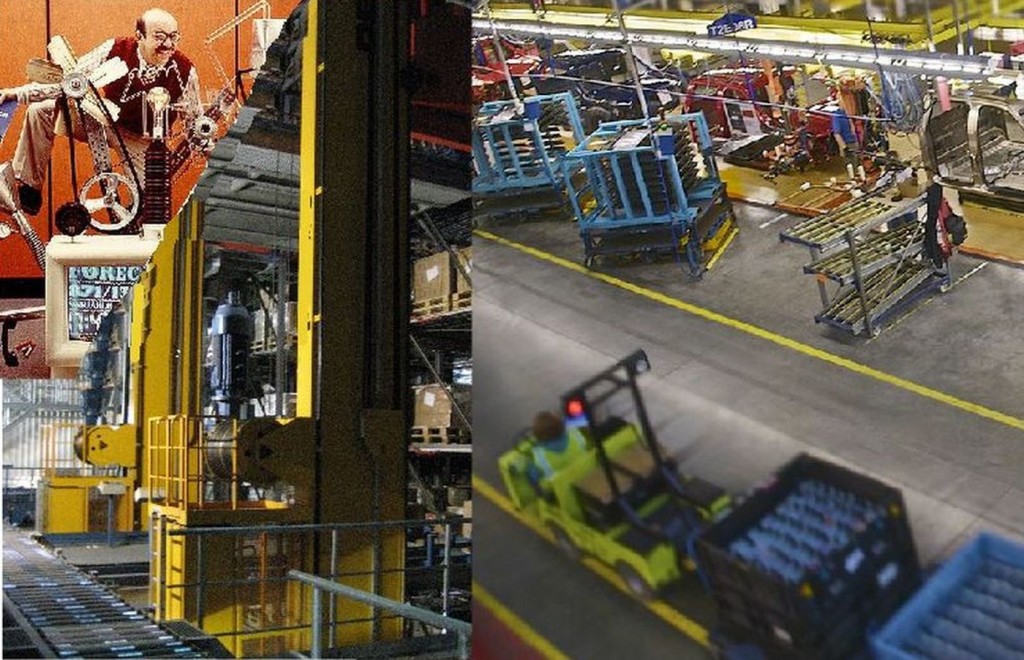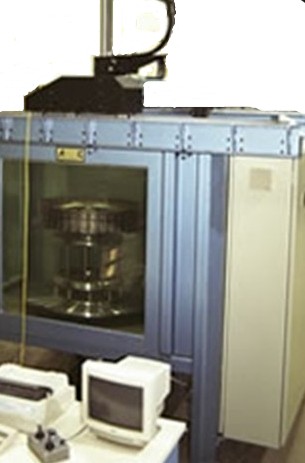Voting with your Feet
I started my career like today’s millennials. Diligent searching located a good manager to work for. I had heeded the advice, that the supervisor you are working for is more important than the position. What I had not realized is that the management at the top understood how the system worked, having been at the game longer. It was not long before I was shuffled to a under-performing department with a different class of manager. You do not get a vote in the matter. I quickly learned that complaining or even carefully planned demonstrations did not create results fast enough. I had one manager who was stealing. He left in disgrace two years after I parted company. It was already too late the company demise was well underway. You learn to vote with your feet. It is possible that the millennials learned this at a younger age.
The season changes. We have just gone through a long period where job mobility was stymied due to other factors such as an inability to sell a house and move. The stampede is coming. Looking at the bureau of labor statistic numbers we see a trend emerging. The voluntary US job quit rate has returned to a record level. It is very possible that many people have been waiting to vote with their feet. This will be a bitter pill for many managers who choose to abuse their direct reports. The good news is that a focus on retention will result in a more stable employment for many workers. We are entering season where it is more difficult to fill positions and this impacts the bottom line. This will also make people with the skills needed to fill empty slots using automation especially valuable.





